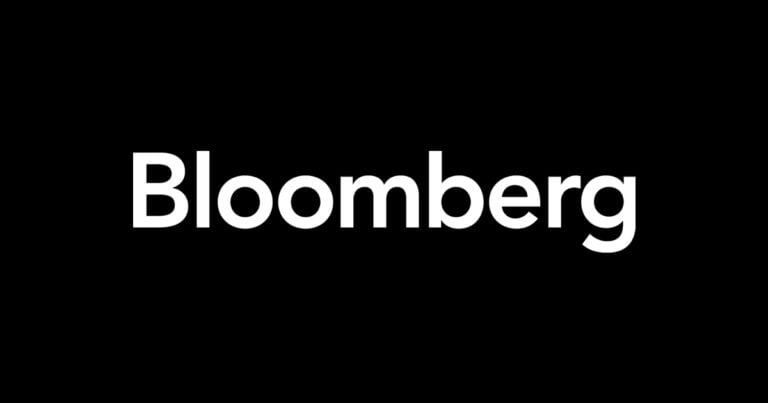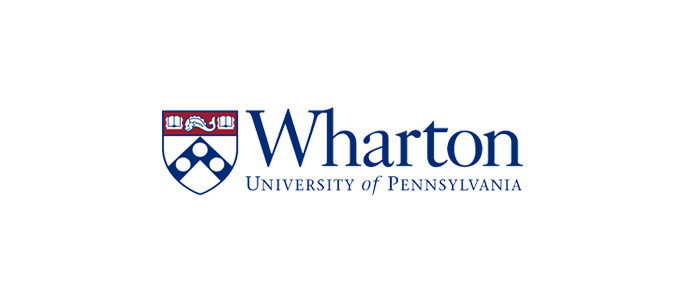Leading in a World Where AI Wields Power of Its Own
New systems can learn autonomously and make complex judgments. Leaders need to understand these “autosapient” agents and how to work with them.
Summary. AI has been subtly influencing us for years, but a new generation of vastly more capable technology is now emerging. These systems, the authors write, aren’t just tools. They’re actors that increasingly will be behaving autonomously, making consequential decisions, and shaping social and economic outcomes.
No longer in the background of our lives, they now interact directly with us, and their outputs can be strikingly humanlike and seemingly all-knowing. They are capable of exceeding human benchmarks at everything from language understanding to coding. And these advances, driven by material breakthroughs in areas such as large language models (LLMs) and machine learning, are happening so quickly that they are confounding even their own creators.
For all the wizardry and seductions of these new systems, however, our future can still be in our own hands. In this article the authors offer guidance for managing their effects in the workplace, looking for increased value in that which is uniquely human, and aligning messaging and business practices with a changing, and challenging, debate.
The wheel, the steam engine, the personal computer: Throughout history, technologies have been our tools. Whether used to create or destroy, they have always been under human control, behaving in predictable and rule-based ways. As we write, this assumption is unraveling. A new generation of AI systems are no longer merely our tools—they are becoming actors in and of themselves, participants in our lives, behaving autonomously, making consequential decisions, and shaping social and economic outcomes.
This article is not yet another set of tips about how to use ChatGPT. It is about how to conceptualize and navigate a new world in which we now live and work alongside these actors. Sometimes our colleagues, sometimes our competitors, sometimes our bosses, sometimes our employees. And always embedding themselves, advance by advance, toward ubiquity.
Our work and research are grounded in an exploration of the ways technology alters power structures and changes the nature of participation in society. We have founded and led companies, organizations, and movements that use technology to expand participation (Giving Tuesday and Purpose among them), collectively engaging hundreds of millions of people. When we last wrote for HBR, almost 10 years ago (“Understanding ‘New Power,’” December 2014), we described an important change in the way power could be exercised. The “old power” world, in which power was hoarded and spent like a currency, was being challenged by the rise of a “new power” world, in which power flowed more like a current, surging through connected crowds. New technology platforms were allowing people to exercise their agency and their voice in ways previously out of reach. These opportunities to participate were both a delight and a distraction. But either way, they were irresistible—and before anyone noticed it, we had also ceded enormous power to the very platforms that promised to liberate us.
This moment feels very familiar. With the emergence of these new AI actors, we are at the dawn of another major shift in how power works, who participates, and who comes out on top. And we have a chance this time, if we act soon and are clear-eyed, to do things differently.







